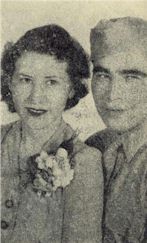Ponca Indians
The Ponca Indians, related to the Omaha and part of the Dhegiha group in the Siouan linguistic family, historically resided along the Missouri River’s right bank at the Niobrara’s mouth. Their early history parallels that of the Omaha, with significant relocation in 1877 to Indian Territory. By 1930, their population had fluctuated, with notable numbers in both Oklahoma and Nebraska. The Ponca name is commemorated in various U.S. locations, highlighting their enduring presence in American history.


